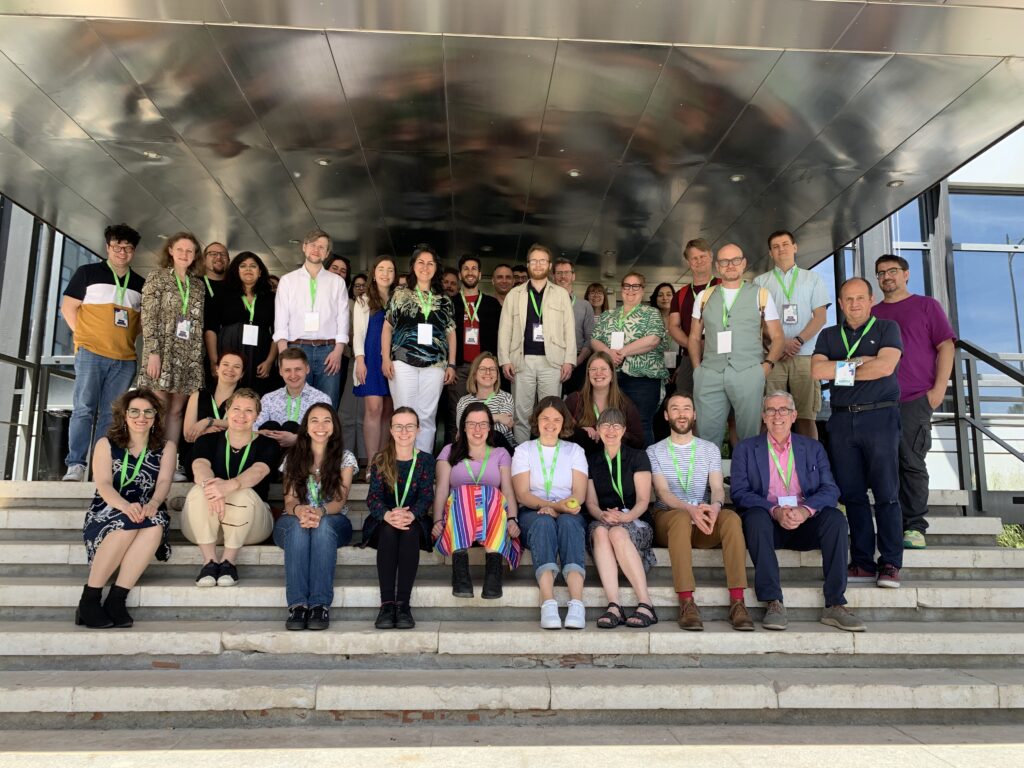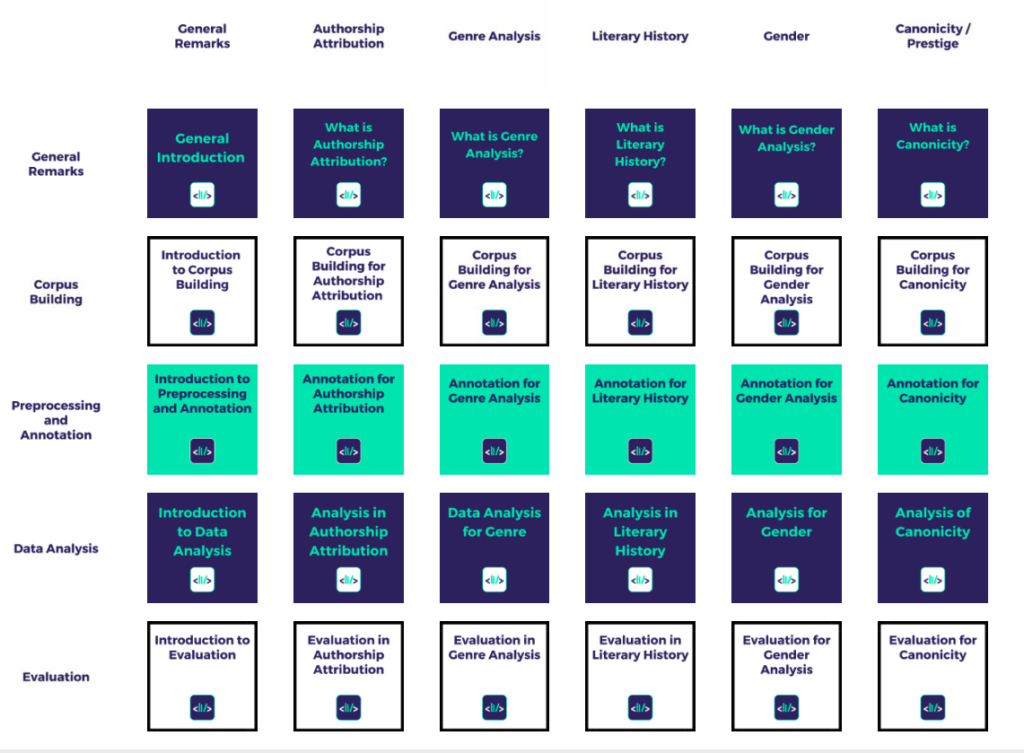Computational Literary Studies Infrastructure (CLS INFRA) is a four-year partnership to build a shared resource of high-quality data, tools and knowledge to aid new approaches to studying literature in the digital age.
The digital age offers challenges and opportunities for completing research on Europe’s multilingual and interconnected literary heritage. At present, the landscape of literary data is diverse and fragmented. Even though many resources are currently available in digital libraries, a lack of standardisation hinders their access and reuse. The EU-funded CLS INFRA project will help to build the shared and sustainable infrastructure needed to undertake literary studies in the digital age. The project will align these diverse resources with each other, with the tools needed to interrogate them, and with a widened base of users. The resulting improvements will benefit researchers by bridging gaps between greater and lesser-resourced communities in computational literary studies and beyond, ultimately offering opportunities to create new research and insight into our shared and varied European cultural heritage.
Institutions participating in the CLS INFRA project:
- Institute of Polish Language at the Polish Academy of Sciences, Poland
- University of Potsdam, Germany
- Austrian Academy of Sciences, Austria
- National University of Distance Education, Spain
- École Normale Supérieure de Lyon, France
- Humboldt University of Berlin, German;
- Charles University, Czech Republic
- Digital Research Infrastructure for the Arts and Humanities, France
- Ghent Centre for Digital Humanities, Ghent University, Belgium
- Belgrade Centre for Digital Humanities, Serbia
- Huygens Institute for the History of the Netherlands (Royal Netherlands Academy of Arts and Sciences), Netherlands
- Trier Center for Digital Humanities, Trier University, Germany
- Moore Institute, National University of Ireland Galway, Ireland
- The Trinity Centre for Digital Humanities, Trinity College Dublin, Ireland

Recent events
CLS INFRA has been extended!
Though scheduled to end in February of 2025, the European Research Council has extended the project until August 2025. These extra months will be used primarily to valorise and disseminate the outputs developed in the past four years.
NEWS
Keep up to date with the latest news and progress from the CLS INFRA project and CLS community.

This project has received funding from the European Union’s Horizon 2020 research and innovation programme under grant agreement No 101004984






